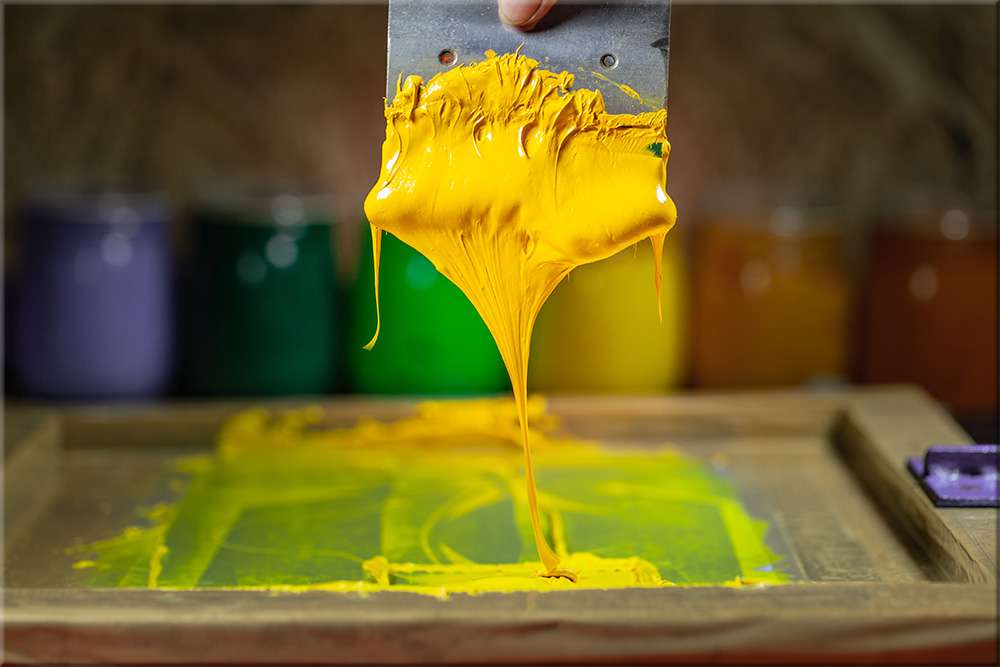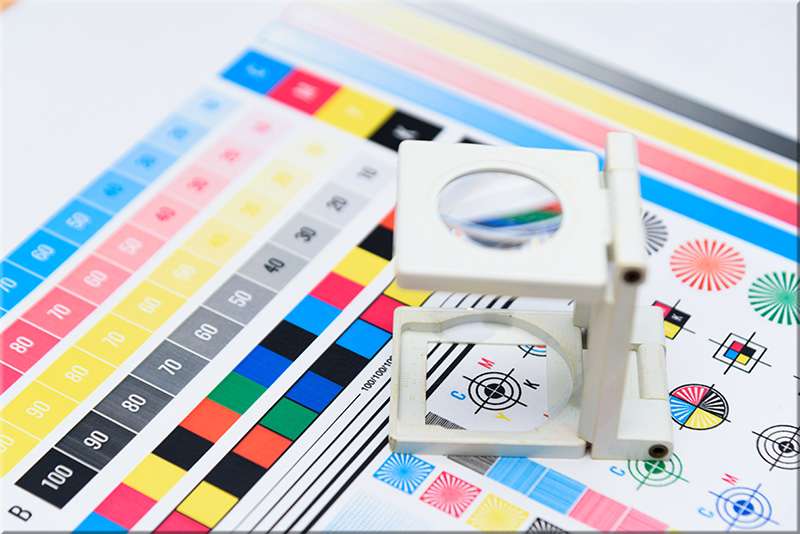
Welcome to Your Name On This’s insightful journey into the world of screen printing shirts! Based in the heart of Emmett, Idaho, we’re passionate about creating stunning, custom print t-shirts. This blog aims to shed light on the intricate process of screen printing, a popular method for t-shirt printing that has been around for centuries.
So whether you are reading this for educational purposes or have used our T-Shirt Screen Printing to create custom shirts and want to know how the process works. Either way, this blog is for you.
Screen printing is a time-honored method of printing designs on various materials, with a particular emphasis on textiles such as t-shirts. It involves the creation of a stencil, known as a screen, and using it to apply layers of ink onto the printing surface. Each color in the design is applied using a different screen, one at a time, to achieve the final look.

When it comes to colors, screen printing doesn’t use the RGB (Red, Green, Blue) color model typically found in digital devices. Instead, it employs the CMYK (Cyan, Magenta, Yellow, Key/Black) or Pantone Matching System (PMS). The CMYK model is used for full-color photographic prints, where colors are mixed during the printing process. PMS, on the other hand, is preferred for specific brand colors and designs requiring high precision, as it uses pre-mixed inks to achieve an exact color match.

When it comes to colors, screen printing doesn’t use the RGB (Red, Green, Blue) color model typically found in digital devices. Instead, it employs the CMYK (Cyan, Magenta, Yellow, Key/Black) or Pantone Matching System (PMS). The CMYK model is used for full-color photographic prints, where colors are mixed during the printing process. PMS, on the other hand, is preferred for specific brand colors and designs requiring high precision, as it uses pre-mixed inks to achieve an exact color match.
The number of screens used in screen printing depends on the complexity and color count of the design. For simple designs with one or two colors, only one or two screens are necessary. However, for more complex, multicolored designs, each color requires a separate screen. This means a design with six different colors will need six different screens, one for each color. The screens are used sequentially to build up the design with precise color alignment.
For custom shirt designs, the process begins with a detailed analysis of the design to determine the number of screens required. Complex designs with many colors or intricate details will need more screens, which can affect both the cost and the production time. It’s also essential to consider the fabric of the shirt, as different materials may react differently to the screen printing inks and process.
In screen printing, the sequence in which colors are applied is crucial. Typically, lighter colors are applied first, followed by darker ones. This method ensures a vivid and clear rendition of the design, maintaining the integrity and brightness of each color.
Here is a brief overview of the steps in the screen printing process.
The journey begins with a design. This could be anything from a simple logo to an intricate graphic. For custom print t-shirts, the design needs to be both eye-catching and reflective of the brand’s identity. It’s important to have custom designs created in professional programs like Adobe: https://www.adobe.com/. When submitting a design, we will need the raw design file. In many cases, high-quality prints are very challenging or impossible when you don’t have the raw file and only have an image in a format on JPG or PNG.
Once the design is finalized, it’s transferred onto a screen. This screen is coated with a photosensitive emulsion that hardens upon exposure to light, except where the design blocks the light, leaving those areas unhardened.
The screen is exposed to a bright light source. The areas of the emulsion that are not covered by the design harden, while the covered areas stay soft.
The unhardened emulsion is then washed away, leaving a clear imprint of the design on the mesh screen.
The screen is then mounted on a frame above the t-shirt. Each color in the design requires a separate screen.
Ink is applied to the screen and a squeegee is used to press the ink through the mesh screen onto the shirt.
After the ink is applied, the t-shirt is placed in a dryer where the ink is cured, creating a vibrant, durable design.
Each printed t-shirt is inspected for quality, ensuring that the print is flawless and the colors are vivid.
Screen printing offers unparalleled vibrancy and durability, making it a top choice for t-shirt printing. The technique is ideal for producing high-quality, long-lasting designs, especially for bulk orders. Custom print t-shirts created through screen printing stand out for their crisp, professional look.
Screen printing shirts is an art form that combines creativity with technical skill. At Your Name On This, we take pride in mastering this craft, bringing our clients’ visions to life on custom print t-shirts. Whether it’s for promotional events, team uniforms, or personal wear, our screen-printed shirts in Emmett, Idaho, speak volumes of quality and professionalism.
